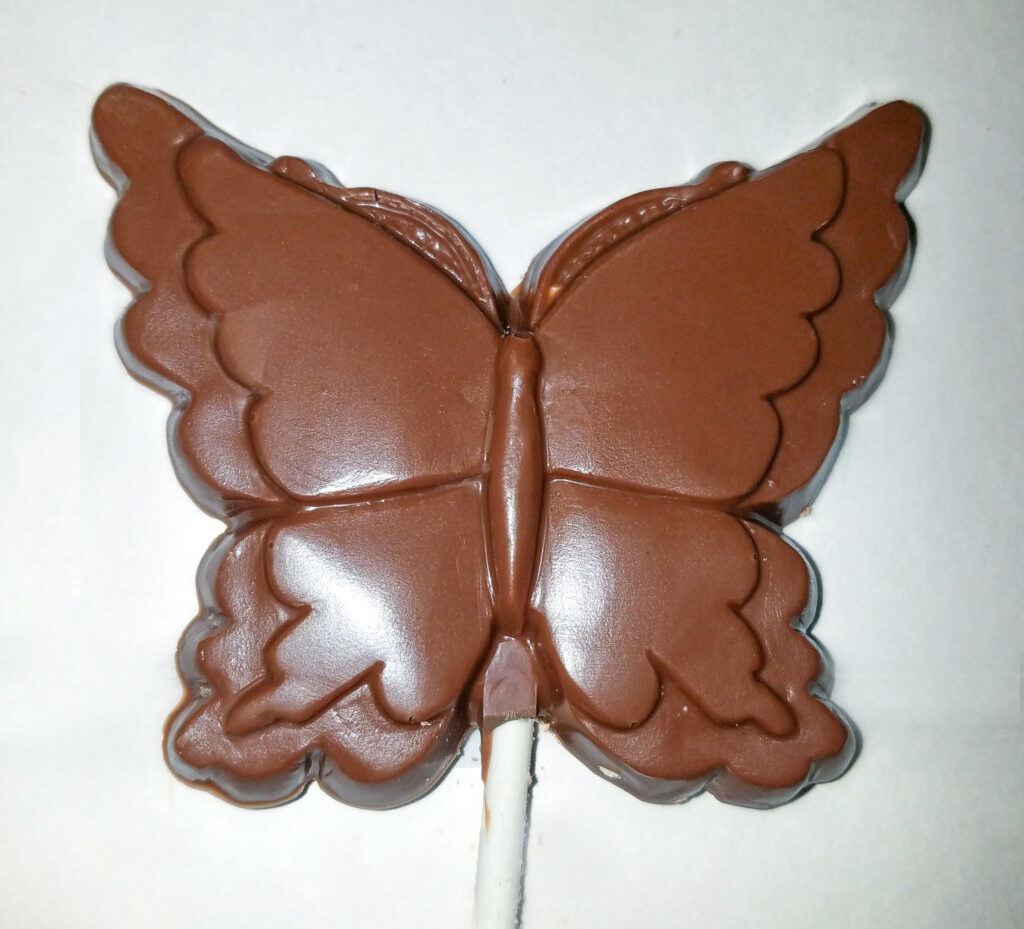
Chocolate isn’t something that tends to stick around.
Think about the last time someone brought a box of chocolates or a package of chocolate-covered pretzels into the breakroom at work. Was it there the next day?
Still, we recognize that there are times when you’ll want/need to store nut-free chocolate for a later date. Here a few things you should know about storing chocolate.
1. Try to avoid refrigeration
It doesn’t seem to make sense, does it? When we think of keeping food fresh, our minds immediately go to the refrigerator.

The problem is that nut-free chocolate – or any chocolate – will have no trouble absorbing the smell of whatever you have in your refrigerator, such as, say, last night’s garlic-laden pasta dish.
In addition, the moisture inside a refrigerator can trigger what’s known as a “sugar bloom,” which causes the sugar to rise to the surface of the chocolate, causing discoloration.
If for some reason you have to put chocolate in the refrigerator – it’s the height of summer and your home has no air conditioning, for example – make sure it’s tightly wrapped to guard against odors and moisture, then sealed in an airtight container.
Once you take the chocolate out of the refrigerator, let it return to room temperature before you unwrap it to keep it fresher longer and to preserve the flavor.

2. Proper storage
So, we’ve established that the refrigerator isn’t the best place for keeping chocolate. So, where is the best place to store your nut free chocolate?
Somewhere cool and dry. If you can keep chocolate in a temperature below 70 degrees Fahrenheit – ideally 65-68 degrees – and in a setting where the humidity is under 55 percent, the cocoa solids and cocoa butter mixture will remain stable for months.
Keep in mind that chocolate can absorb odors in your pantry just as well as in the refrigerator, so think twice before storing it next to, say, your garlic powder. Better still…
3. Keep chocolate in an airtight container

Not only will this step keep chocolate from absorbing unpleasant odors, it will also prevent oxidation – which happens, as you might expect, when chocolate is exposed to oxygen – thus keeping the flavor of the chocolate intact.
4. Keep it out of the light
Obviously, keeping chocolate in the sun isn’t a great idea, unless you’re trying to make home-made chocolate syrup. But any kind of light isn’t great for your chocolate, as it will have the same negative effect on flavor as oxygen.
5. Long-term storage

If you need to store chocolate for longer than six months, use your freezer. Follow the same rules we listed above for keeping chocolate in the refrigerator. The shelf-life for most milk chocolate is one year. Dark chocolate will keep two years.
Start by wrapping the chocolate and putting it in an airtight container in the refrigerator. Wait 24 hours, then move the container to the freezer.
You want to avoid subjecting the chocolate to an extreme swing in temperature. Better to go from room temperature to cold than from room temp to frozen, thus preserving the chocolate’s texture. When it comes time to eat the chocolate, follow these instructions in reverse – freezer to the refrigerator to room temperature – before eating.
At Skip’s Candies, we believe chocolate – nut-free chocolate or otherwise – should be savored. And if you can’t enjoy your nut-free chocolate right away, it’s important to take steps to preserve its flavor. And if reading this has triggered a chocolate craving, be sure to head over to our online store, where you’ll find a wide array of chocolate selections. Enjoy!

